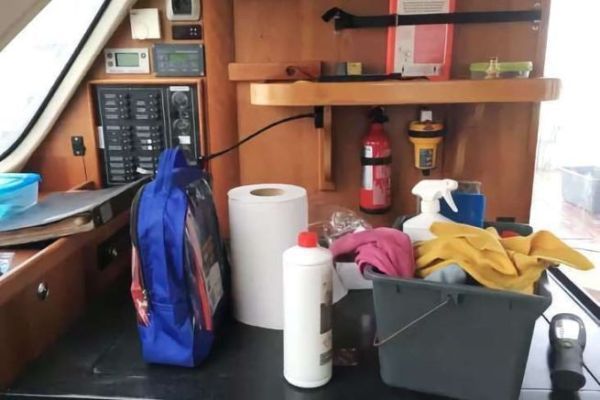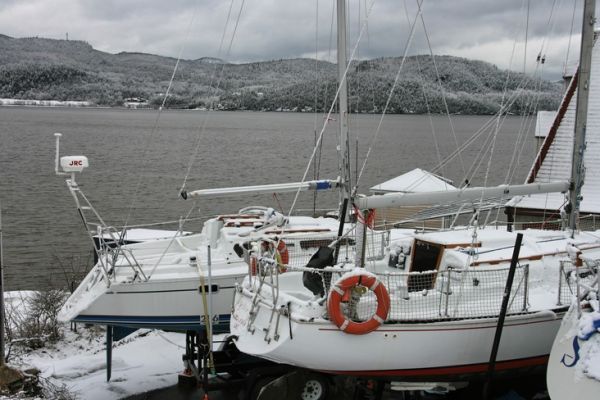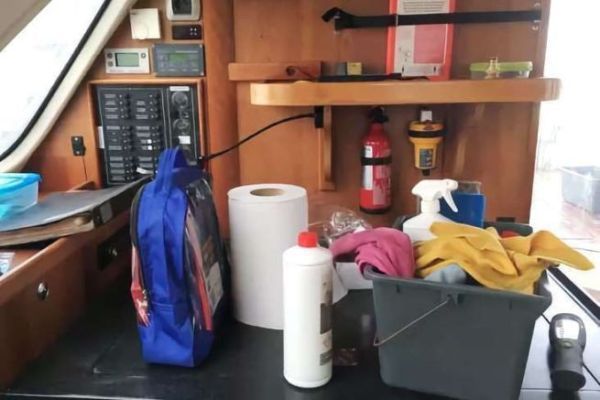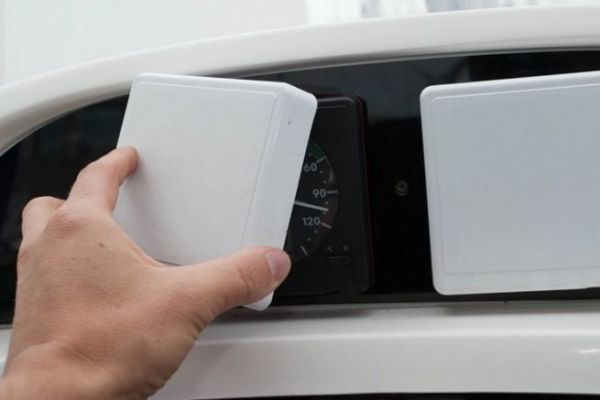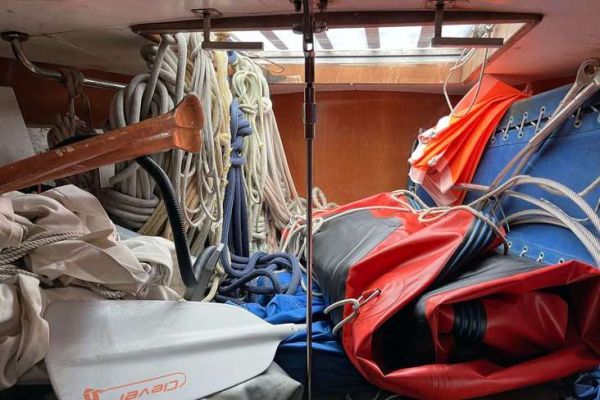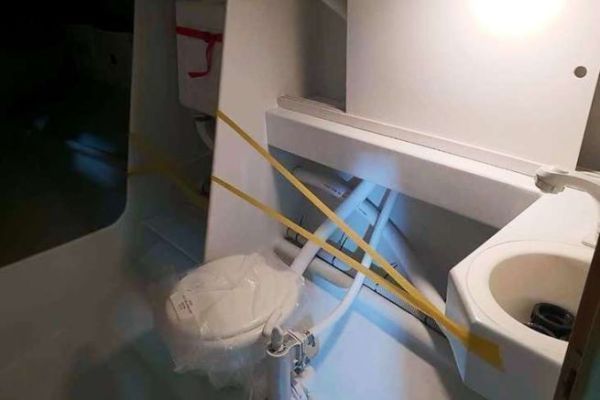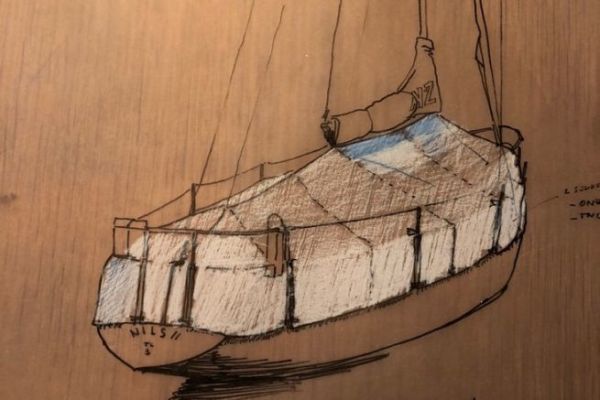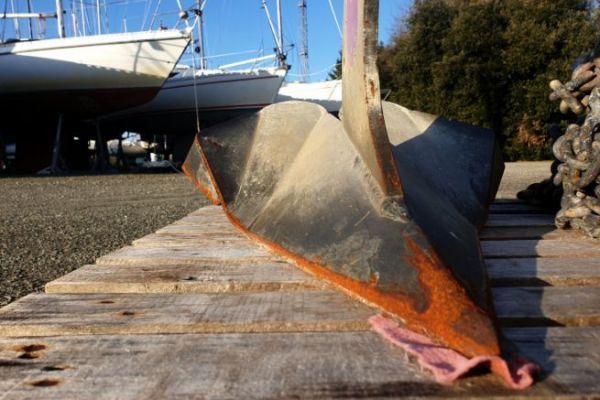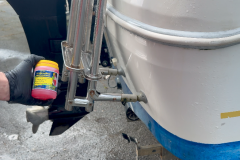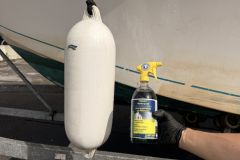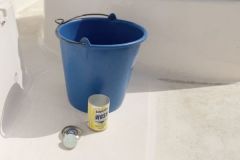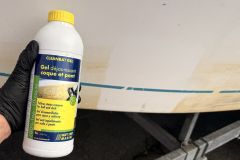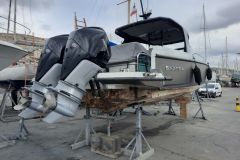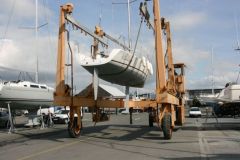As autumn approaches, it's time to start thinking about winterizing and tidying up your boat. The question then arises: should you simply tidy up the cabin and hope it stays clean all winter long, or is it better to clean it thoroughly as soon as the season is over? It's important to note that we're not talking here about routine maintenance carried out after each outing, but rather about preparing your boat for a long period of inactivity.
The risks of lack of maintenance
Leaving your boat unmaintained over winter can have disastrous consequences not only for the exterior, but also for the interior fittings and cabin. Moisture can penetrate the interior, causing mildew on foams, cushions and towels. In the end, it's not just a dirty boat you'll find in the spring, but a damaged one, with encrusted grime likely to leave its mark, especially if it's a few years old.
If you choose not to clean your boat at the end of the season, a thorough spring cleaning is a must. Unfortunately, this task can quickly become akin to a renovation operation. Maintenance of your boat should be part of your pleasure, as a thorough cleaning after a long period of inactivity can be tedious and discouraging.
The balanced approach: cabin cleaning at the end of the season and when the season resumes
The best solution is to clean your boat at the end of the boating season, as well as when you put it back in the water. Deep cleaning means getting rid of anything that could cause damage if left in place for many months. This includes emptying toilets and freshwater systems rinsing and drying of holds and trunks.
It's essential not to neglect cleaning the kitchen and emptying the cupboards, as well as defrosting the fridge and freezer. Bacteria can develop if food remains. White vinegar is a safe ally in this respect. Scrub, get into nooks and crannies and, above all, keep the doors open after cleaning. A cork, placed at the top and bottom of a refrigerator door, will keep it open and prevent it from warping.
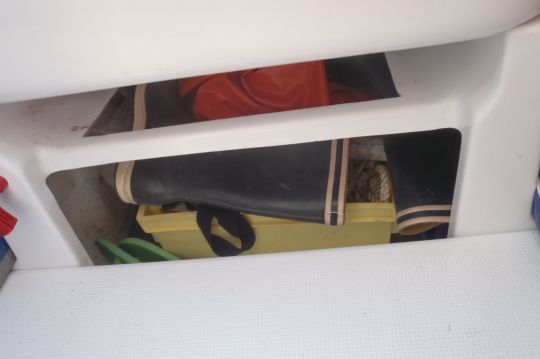
Finally, this is also a very good time to unload all the exotic items we may have stored on board during the summer, as well as clothes, oilskins, boots and harnesses that will be easier to clean or rinse ashore. Empty the cupboards, taking care not to leave any tins or leftover packaging that could rust over the winter. Not only will all food spoil and emit unpleasant odors, but it is also a source of attraction for rodents.
Empty the chart table and store your charts and books ashore. This exercise is a good way to maintain a reasonable weight of equipment, and avoid accumulating unnecessary items over the years that have no place on board, and there are some...
Ventilate and avoid humidity
To prevent mildew from forming on the walls or textiles, bench seat foams must be stored in such a way as to allow air to circulate around them, without coming into contact with the boat's structure. It is imperative to avoid storing foam in an airtight bag or under a tarpaulin, as this encourages mold formation.
The vents must therefore remain open to ensure adequate air circulation. The worst thing to do would be to close them, which would turn the boat into a sauna. Leaving cupboards and other equipment open encourages air circulation. It's even possible to open certain floors and store them on edge.
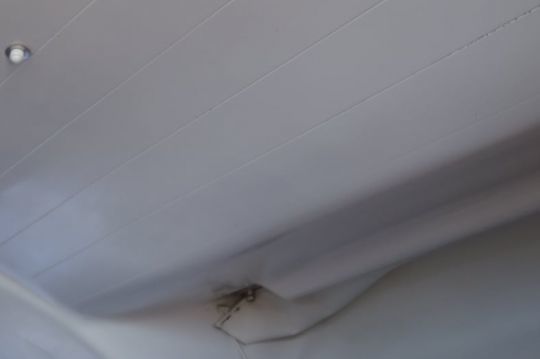
Moisture absorbers are often a very good solution for combating humidity. Unlike electric dehumidifiers, which can short-circuit, they are passive. They need to be placed in sensitive areas and regularly drained or replaced once a month or so. To avoid any risk of damage, it's advisable not to place them directly on the equipment, but rather in a basin or bucket, so that the brine doesn't run off and damage the equipment.
Take this opportunity to take stock of any safety equipment that needs changing. Missing products, expired fire extinguishers, pyrotechnics, vests, expired products in the on-board pharmacy... You'll have all winter to prepare for their replacement. Even if it concerns electronics rather than the cabin, remove the probes from their grommets and replace them with appropriate sealing plugs. This is essential to protect your equipment from premature wear and tear, and to prevent unwanted water infiltration.
Make sure you're well protected
During cleaning, don't forget to wear the right equipment. First and foremost, make sure you protect your respiratory tract to avoid inhaling dust and dust mites that may be present in the boat during the major cleaning operation. Then, if you're using chemicals, don't forget to protect your eyes. Last but not least, wear gloves, especially when handling the bins designed to collect ambient humidity.

 /
/ 